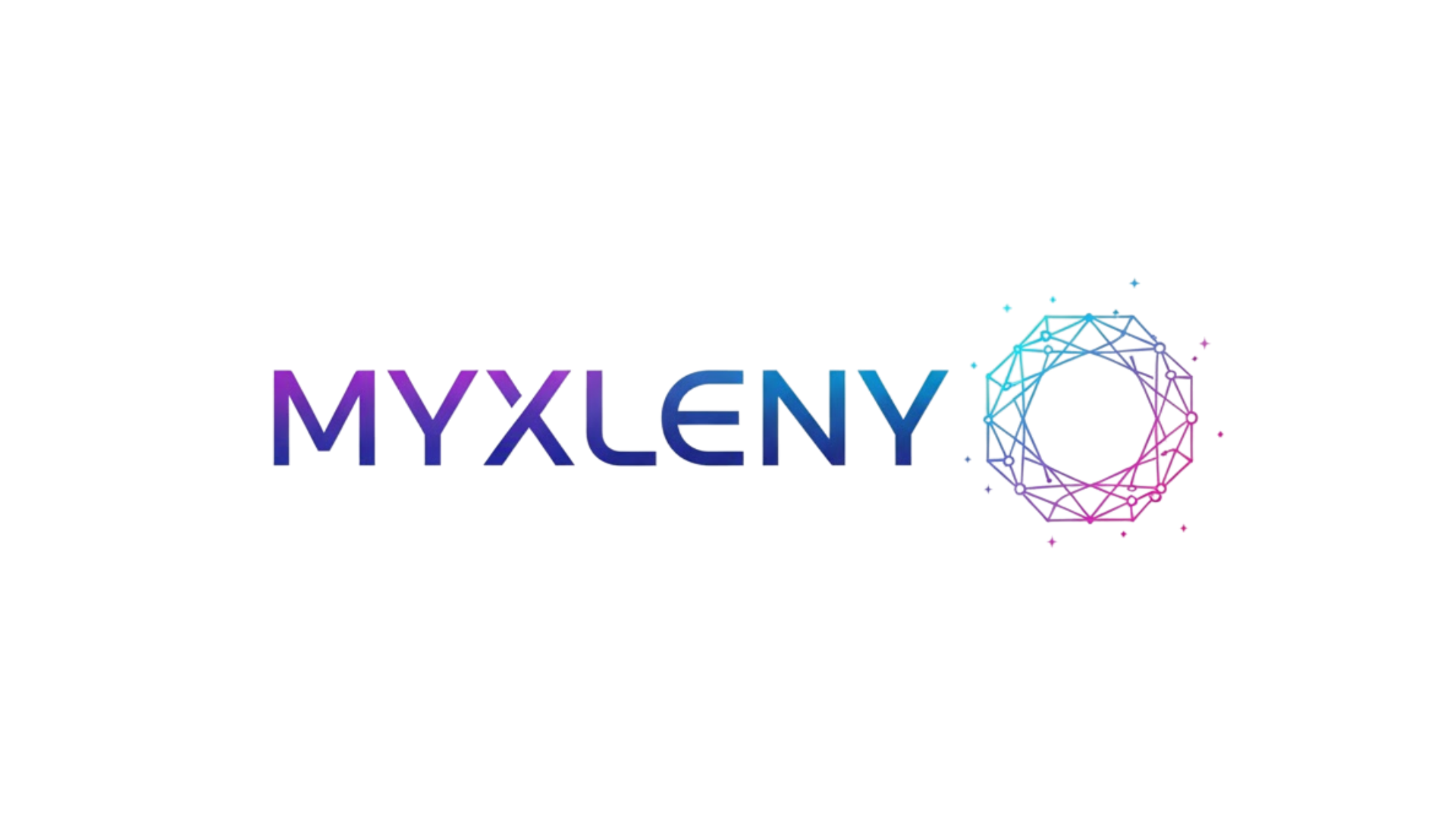The digital work culture has transformed how we connect, collaborate, and contribute to the modern workforce in unprecedented ways.
Remote work, flexible schedules, and cloud-based collaboration have revolutionized traditional office environments. What once seemed like a distant future has become our present reality, reshaping organizational structures and employee expectations across industries worldwide.
The COVID-19 pandemic accelerated a transition that was already underway, forcing companies to adopt digital-first strategies practically overnight. This sudden shift revealed both the potential and challenges of distributed work environments, pushing organizations to reimagine productivity, communication, and company culture.
🚀 The Digital Transformation Journey
The evolution toward digital work culture didn’t happen suddenly. It represents decades of technological advancement, changing workforce demographics, and shifting priorities around work-life balance. Early adopters experimented with telecommuting in the 1990s, but limited technology and entrenched corporate mindsets prevented widespread adoption.
Fast forward to today, and we’re witnessing a fundamental reimagining of what “going to work” means. High-speed internet, sophisticated project management platforms, and video conferencing tools have eliminated many barriers that once made remote work impractical. The modern digital workplace extends beyond physical boundaries, creating opportunities for global collaboration.
Organizations that embraced this transformation early gained competitive advantages in talent acquisition and retention. They discovered that location-independent work opened doors to diverse talent pools previously inaccessible due to geographic constraints. This democratization of opportunity has reshaped hiring practices and compensation models across sectors.
Breaking Down the Digital Work Ecosystem
The digital work culture relies on an interconnected ecosystem of tools, platforms, and practices. Communication applications form the foundation, enabling real-time conversations and asynchronous updates across time zones. These platforms have evolved beyond simple messaging to include video calls, screen sharing, and integrated file management.
Project management software has become essential for tracking progress, assigning responsibilities, and maintaining transparency. These tools provide visibility into team activities, helping managers understand workloads without micromanaging individual contributors. The best platforms balance structure with flexibility, adapting to diverse team needs and workflows.
Cloud storage solutions have eliminated the file-sharing headaches that plagued early remote work attempts. Teams now access documents simultaneously, collaborate in real-time, and maintain version control effortlessly. This technological backbone supports seamless collaboration regardless of physical location.
Communication Platforms Reshaping Collaboration
Modern communication tools have replaced the water cooler conversations and impromptu desk visits of traditional offices. Platforms like Slack, Microsoft Teams, and Zoom have become virtual headquarters where teams gather, brainstorm, and build relationships. These applications integrate with countless other services, creating centralized hubs for daily operations.
The challenge lies not in tool availability but in establishing healthy communication norms. Digital work culture requires intentional effort to prevent burnout from constant connectivity. Successful organizations establish clear boundaries around response times, meeting schedules, and offline hours to protect employee well-being.
💼 Redefining Productivity and Performance
Traditional productivity metrics centered on time spent at desks and visible busyness. Digital work culture demands outcome-based evaluation systems that focus on results rather than hours logged. This shift requires managers to develop new assessment frameworks and trust their teams to manage their own time effectively.
The concept of “productivity theater” has come under scrutiny as organizations recognize that appearing busy doesn’t equal meaningful contribution. Forward-thinking companies measure impact through completed projects, innovation, and quality of work rather than email response speed or meeting attendance.
This transformation also empowers employees to work during their most productive hours. Night owls no longer suffer through early morning meetings, and early risers can complete focused work before others begin their day. Flexibility accommodates different working styles, potentially increasing overall team productivity.
Building Trust in Distributed Teams
Trust forms the foundation of successful digital work culture. Without the visual confirmation of colleagues at their desks, managers must rely on communication, deliverables, and transparent processes. Micromanagement becomes both impractical and counterproductive in remote environments.
Regular check-ins serve different purposes than traditional oversight. They create connection points, identify obstacles, and provide support rather than surveillance. The best managers facilitate success by removing barriers and providing resources rather than monitoring every activity.
Transparency tools help build confidence across distributed teams. Shared calendars, public project boards, and open communication channels allow team members to understand priorities and progress without constant status updates. This visibility creates accountability while respecting autonomy.
🌍 Global Talent and Cultural Diversity
Digital work culture has demolished geographic barriers to employment, creating truly global teams. Companies now hire the best talent regardless of location, accessing specialized skills that might not exist in their local markets. This expansion brings tremendous opportunities alongside new challenges.
Cultural diversity enriches problem-solving and innovation when managed thoughtfully. Teams spanning multiple countries bring varied perspectives, approaches, and experiences that drive creative solutions. However, these benefits require intentional effort to bridge communication styles, time zones, and cultural norms.
Language differences present both obstacles and opportunities. While English often serves as a common business language, nuances and communication preferences vary widely. Successful global teams invest in cultural competency training and create inclusive environments where all voices feel valued.
Navigating Time Zones and Asynchronous Work
Managing teams across multiple time zones requires rethinking synchronous collaboration. Not every interaction needs to happen in real-time. Asynchronous communication allows team members to contribute on their own schedules, reducing meeting fatigue and respecting personal boundaries.
Documentation becomes crucial in asynchronous environments. Written records preserve context, decisions, and rationale for team members who weren’t present during discussions. This practice also creates institutional knowledge that survives team transitions and prevents information silos.
Finding overlap hours for live collaboration requires compromise and creativity. Rotating meeting times distributes inconvenience fairly across team members. Some organizations establish “core hours” when everyone is expected to be available, leaving flexibility for the remaining workday.
🏠 Work-Life Integration in the Digital Age
The boundaries between work and personal life have blurred significantly in digital work culture. While flexibility offers tremendous benefits, it also creates risks of overwork and burnout. The constant accessibility enabled by mobile devices and cloud platforms makes it challenging to truly disconnect.
Successful navigation of work-life integration requires intentional boundary setting. Some professionals designate specific workspaces within their homes, creating physical separation between work and leisure. Others establish strict time boundaries, shutting down work applications outside specific hours.
Organizations play a critical role in modeling healthy behaviors. When leadership regularly sends emails at midnight or schedules meetings during traditional family time, employees feel pressure to remain constantly available. Companies committed to sustainable digital work culture establish and enforce reasonable expectations around availability.
Mental Health and Digital Wellness
The mental health implications of digital work culture deserve serious attention. While flexibility reduces commute stress and allows for better life balance, isolation and screen fatigue present new challenges. Remote workers report feeling disconnected from colleagues and struggling to separate work stress from home life.
Progressive organizations provide resources for mental health support, including counseling services, wellness programs, and mental health days. They recognize that employee wellbeing directly impacts productivity, creativity, and retention. Investing in mental health support pays dividends in team performance and satisfaction.
Digital wellness practices help mitigate the negative effects of constant connectivity. Encouraging regular breaks, promoting physical activity, and respecting offline time contribute to healthier work environments. Some companies implement “meeting-free” days or blocks to allow for focused work and reduced screen time.
🔐 Security and Privacy in Distributed Work
Digital work culture introduces complex security challenges as sensitive information flows across personal devices and home networks. Organizations must balance accessibility with protection, implementing security measures that don’t create unbearable friction for daily work.
Virtual private networks (VPNs), multi-factor authentication, and encrypted communication channels form the baseline for secure remote work. Regular security training helps employees recognize phishing attempts and practice safe digital hygiene. These measures protect both company and client data from increasingly sophisticated threats.
Privacy concerns extend beyond corporate security to individual employee monitoring. Some organizations implemented surveillance software to track remote worker activity, sparking debates about trust and autonomy. Ethical digital work culture respects employee privacy while maintaining necessary security standards.
📚 Learning and Development in Virtual Spaces
Professional development has transformed alongside work culture, moving from in-person seminars to digital learning platforms. Online courses, webinars, and virtual conferences provide accessible education opportunities regardless of location. This democratization of learning enables continuous skill development throughout careers.
Mentorship and knowledge transfer require new approaches in distributed environments. Video calls replace coffee shop conversations, and screen sharing enables collaborative problem-solving. While different from traditional methods, these virtual interactions can be equally meaningful when participants engage authentically.
Organizations committed to employee growth create structured learning opportunities within digital frameworks. This includes lunch-and-learn sessions, skill-sharing workshops, and dedicated professional development time. Investing in employee growth builds loyalty and ensures teams maintain cutting-edge capabilities.
🎯 The Future of Digital Work Culture
The evolution continues as new technologies and practices emerge. Artificial intelligence and automation will reshape roles and responsibilities, eliminating routine tasks while creating opportunities for higher-value work. Virtual and augmented reality may eventually provide more immersive collaboration experiences than current video conferencing.
The hybrid work model appears to be gaining traction as a middle ground between fully remote and traditional office environments. This approach offers flexibility while maintaining some in-person connection. The challenge lies in avoiding a two-tiered system where remote workers feel disadvantaged compared to office-based colleagues.
Younger generations entering the workforce have different expectations around flexibility and digital connectivity. They’ve grown up with smartphones and social media, bringing native fluency with digital communication. Their preferences will continue shaping work culture evolution in coming decades.
Building Sustainable Digital Work Practices
Creating sustainable digital work culture requires ongoing attention and adjustment. What works today may need revision tomorrow as technologies evolve and team needs change. Organizations must remain flexible, gathering feedback and iterating on policies and practices.
Success metrics should include employee satisfaction and wellbeing alongside traditional business outcomes. High productivity means nothing if achieved through unsustainable practices that lead to burnout and turnover. Holistic evaluation considers both individual and organizational health.
The most successful organizations view digital work culture as a competitive advantage rather than a necessary accommodation. They invest in tools, training, and policies that enable their teams to thrive in distributed environments. This commitment attracts top talent and positions them for long-term success in an increasingly digital world.

🌟 Embracing the Transformation
The shift toward digital work culture represents more than technological adoption. It reflects fundamental changes in how we value time, measure contribution, and define professional success. Organizations that embrace this evolution with intentionality and care will thrive in the coming decades.
This transformation offers unprecedented opportunities for inclusion, flexibility, and global collaboration. It allows parents to better balance family responsibilities, enables people with disabilities to access opportunities previously denied, and connects diverse perspectives across continents. These benefits extend beyond individual convenience to create more equitable and dynamic workforces.
Challenges remain, from security concerns to social isolation risks. However, the trajectory is clear: digital work culture is not a temporary pandemic response but a permanent shift in how we approach professional life. Success requires embracing change while maintaining focus on human needs and organizational values.
The future of work is being written today through the choices organizations and individuals make about technology, flexibility, and culture. Those who approach this evolution thoughtfully, prioritizing both productivity and wellbeing, will create work environments where people and businesses flourish together. The digital revolution has arrived, and the possibilities are boundless for those ready to embrace them.
Toni Santos is a future-of-work researcher and social innovation writer exploring how technology, culture, and global mobility are redefining what it means to work and thrive in the 21st century. Through his studies on automation, digital nomadism, and workforce transformation, Toni examines the balance between progress, adaptability, and human purpose in a rapidly changing world. Passionate about remote collaboration systems and digital inclusion, Toni focuses on how emerging tools and global connectivity empower individuals to build meaningful, flexible, and resilient careers. His work highlights how automation and new work models can coexist with creativity, empathy, and social value. Blending sociology, economics, and digital strategy, Toni writes about the human side of innovation — helping readers understand not only where work is heading, but how to align with its transformation responsibly and purposefully. His work is a tribute to: The evolving relationship between automation and human employment The rise of global, location-independent lifestyles The power of resilience and adaptability in the modern workforce Whether you are a freelancer, remote leader, or curious observer of the new economy, Toni Santos invites you to explore the future of work — one idea, one connection, one transformation at a time.




